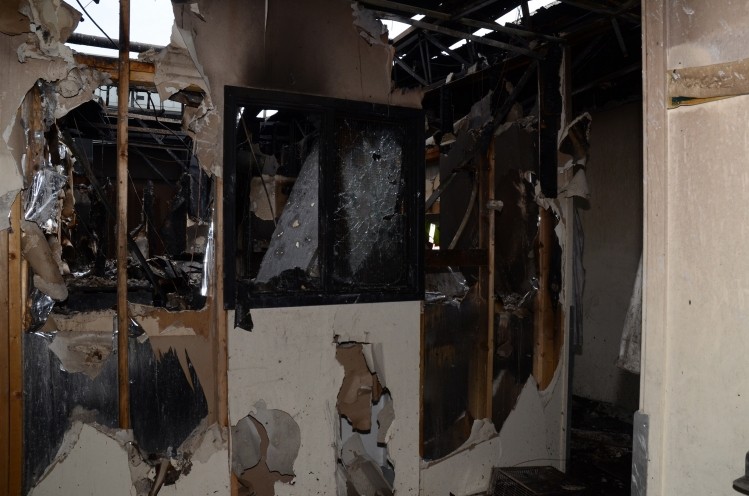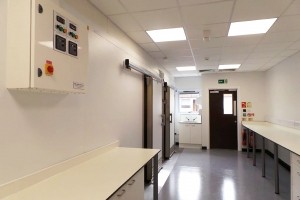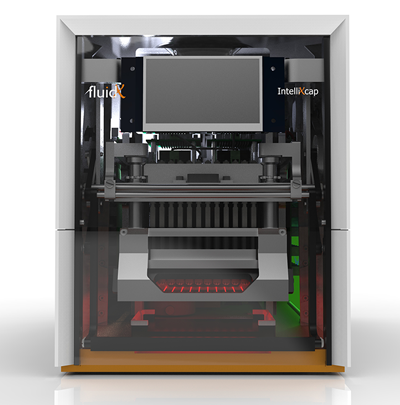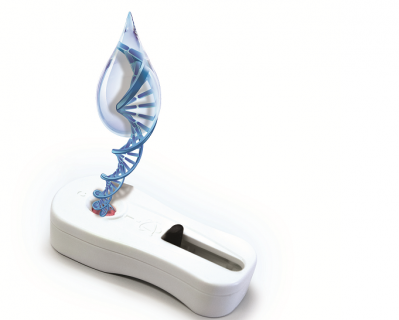Food team moves back into lab refurbished after fire

The contract laboratory said all was up and running in its UK-based food chemistry lab following the redesign of the facility after the fire in February 2013.
The United Kingdom Accreditation Service (UKAS) awarded accreditation for the automated plate handling robots at the food microbiology testing laboratory in Derby last month.
UKAS accredited robotics
ILS has three automated plate inoculating robots and one automated plate spreading robot that are all UKAS accredited to process customer’s samples.
Stewart Neithercut, head of business development, said the new equipment makes it competitive in the marketplace.
“We replaced the lab and redesigned the facility so it is more customer friendly in terms of throughput and economies of scale,” he told FoodQualityNews.
“The main things we have learned is to be persistent, to never give up and how loyal customers can be, because of that we are still here today.
“Robotics were used before, it is not really about speed, but they offer more consistent quality.”
Using robots instead of manual plating ensures plate production is to a uniform standard, consistent control of media and spread of inoculums on plate and human error is minimised as the robot directs the operator on inoculation dilution, said ILS.
Information is given to the robot when a sample is booked in to the Laboratory Information Management System (LIMS) with the testing.
It selects the agar, takes a petri dish, removes the lid and pours the agar into it, instructs the analyst on the sample dilution to inoculate the plate with and then replaces the lid.
The robot mixes the inoculums with the agar, cools the plate, barcodes it with sample and test information and then stacks them ready for incubation.
Road to recovery
Neithercut said demands from industry vary on so-called flavours of the month.
“There was the horse meat contamination and at the moment there is a peanut and almond allergy issue, so it varies.
“Customers want quality first, second is delivery, so turn-around time, and third is communication.”
The firm has HPLC and GC equipment and can perform allergen testing using ELISA kits while a PCR machine is being validated to help with speciation enquiries.
Around 100 firefighters from Derbyshire, Leicestershire and Nottinghamshire were forced to tear apart the building to gain access to the fire and put it out.
The food contract testing company said the damage to the research facilities was extensive and almost 75% was deemed unusable.
Overall they were looking at a 70% projected loss, but managed to achieve less than 20% revenue loss.
In December 2013 the ground work on the laboratory was completed and the foundations and services installed.
May 2014 saw the Pharmaceutical Chemistry Department able to move in and its equipment validated to GMP standard and in September, ILS announced completion of the building work and installation of equipment.
ILS said future developments include taking its services out to the marketplace and achieving DEFRA accreditation again.


















